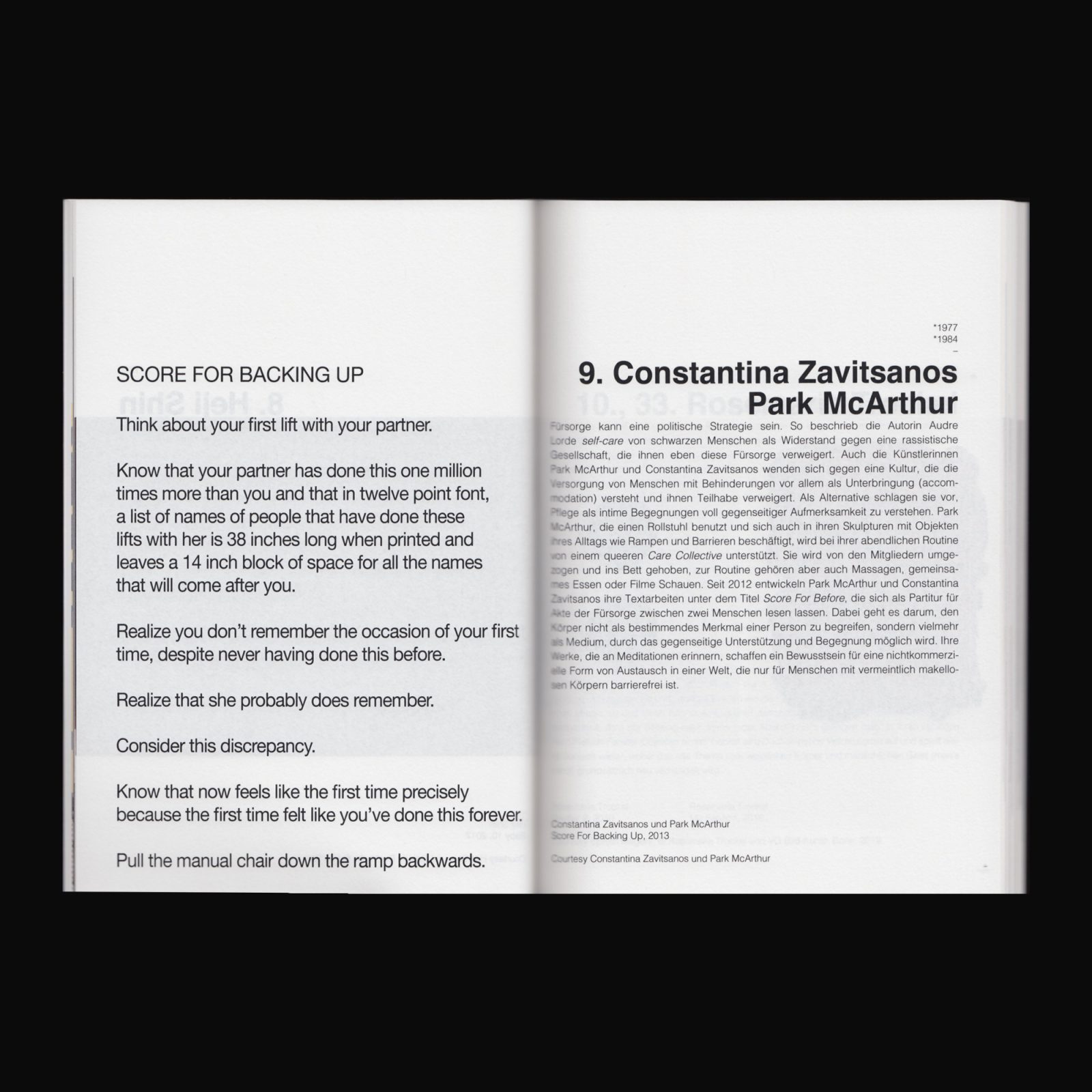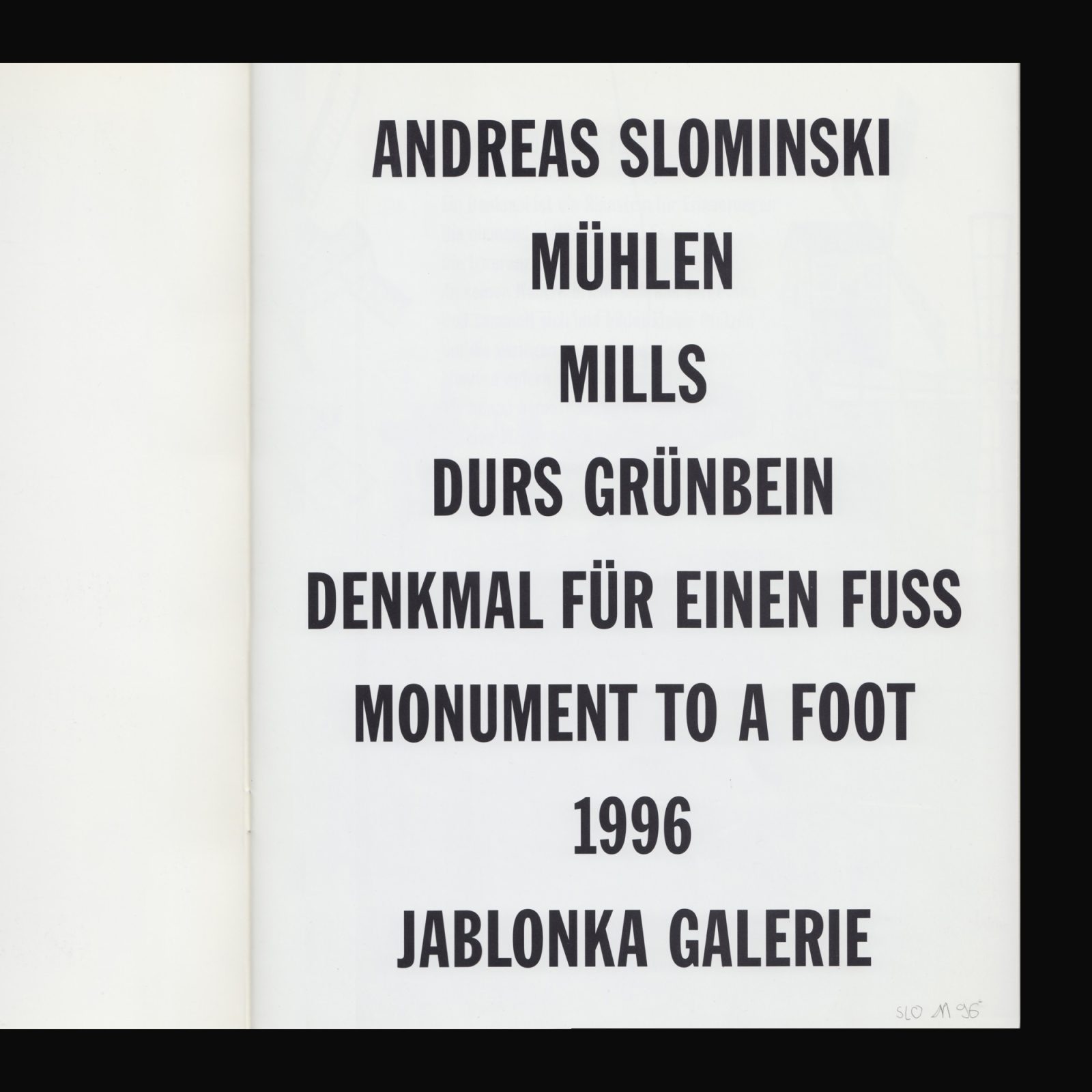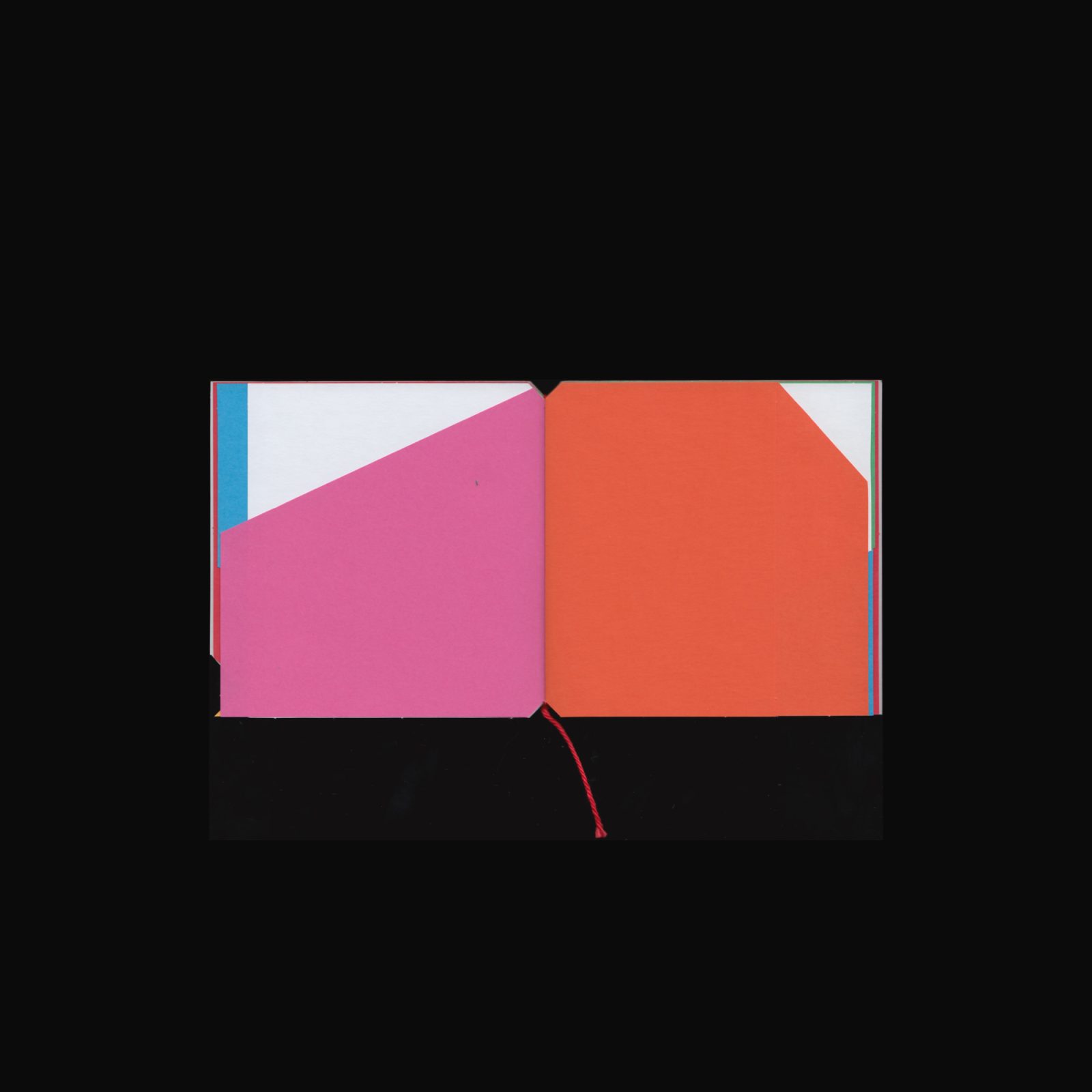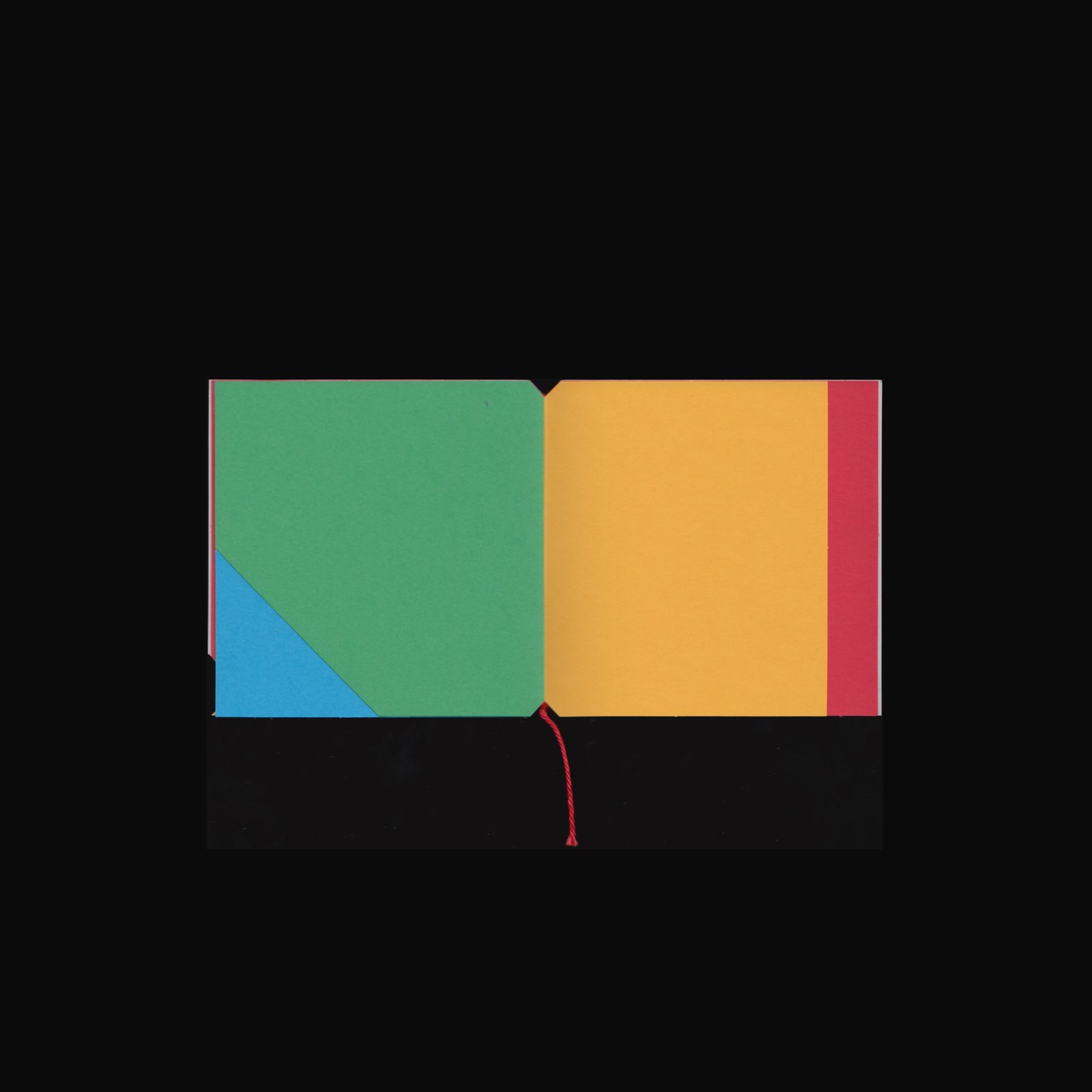Produced on the occasion of Straying from the Line at the Schinkel Pavillon from 13 April–28 July, 2019
Straying from the Line was dedicated to a fundamentally expanded perspective on the multiplicity of feminist tendencies in the art of the last 100 years. Instead of presenting a straight narrative of feminist art as a generation- and/or identity-specific style, the exhibition charted a network of multiple references, drawing connections between aesthetically and politically, geographically and historically heterogeneous perspectives.
Vito Acconci, Lynda Benglis, Dara Birnbaum, Jenna Bliss, Pauline Boudry & Renate Lorenz, Teresa Burga, Tom Burr, Claude Cahun, Ellen Cantor, Tony Cokes, Anna Daučíková, Cosey Fanni Tutti, Nicole Eisenman, Ellen Gallagher, Jef Geys, Guerilla Girls, Barbara Hammer, Eva Hesse, Irma Hünerfauth, Mike Kuchar, Maria Lassnig, Leigh Ledare, Alice Lex-Nerlinger, Klara Lidén, Lee Lozano, Sarah Lucas, Ulrike Müller, Gabriele Münter, Anna Oppermann, Charlotte Posenenske, Tim Rollins & K.O.S., Aura Rosenberg, Betye Saar, Heji Shin, Marianna Simnett, Jack Smith, Nancy Spero, Diamond Stingily, Sturtevant, Martine Syms, Rosemarie Trockel, Anna Uddenberg, Raphaela Vogel, Constantina Zavitzanos & Park McArthur.





































